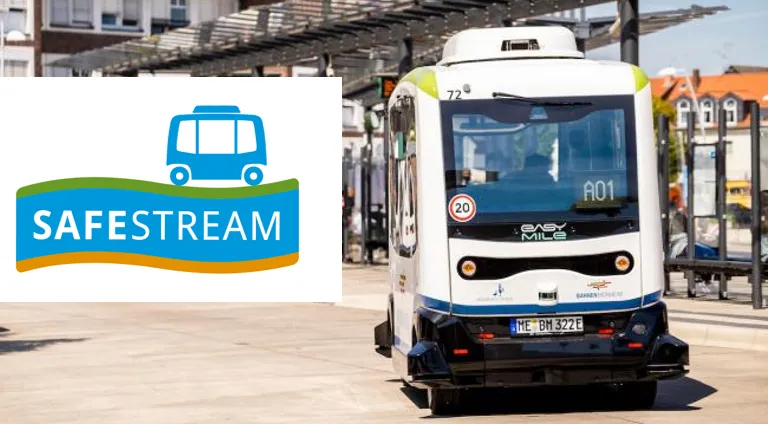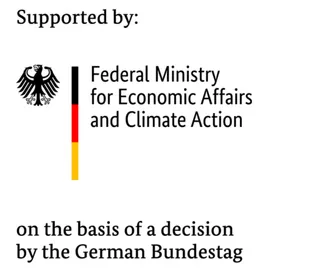Motivation
The project builds on the already highly automated operation of shuttle buses in the public transport systems of Kelheim and Monheim am Rhein. It is a crucial step in proving the success of Level 4 public transport operations in Germany, as the popularity and use of autonomous public transport is gaining momentum in the country.
Goals and Approach
The goal of the project is to replace the currently required safety attendant in the vehicles in Kelheim and Monheim am Rhein with a Technical supervison not physically present in the vehicle, in compliance with the law. This must be demonstrated in the operation of the shuttle service. Physically removing a safety attendant from an autonomous passenger vehicle presupposes that the same level of safety is maintained for other vehicles and road users. It offers benefits such as increased flexibility, cost-effectiveness, and scalability of the service.
To achieve the project objectives, the role of a Technical Supervison will be defined and implemented in line with the requirements of the AFGBV (Autonomous Vehicles Licensing and Operation Ordinance). The results and challenges will be summarized in a guideline to help further cities and municipalities in Germany to accelerate the cost-effective introduction of autonomous mobility solutions in public spaces.
Work Packages at the FTM
The Technical Supervison will take over the tasks of the safety attendant remotely and support the vehicle in case of challenges from a remote workstation. In doing so, the Institute of Automotive Technology (FTM) of the Technical University of Munich is incorporating in SafeStream its experience from previous projects and research in the field of teleoperation and is designing the use of the Technical Supervison with intelligent algorithms and methods. In addition to considering different control concepts for the interaction concept between the vehicle and the locally separated Technical supervison, the remote workplace will be further investigated in view of human-machine interaction (HMI) and continuously improved by acquired research results.
Further information about the project can be found on the project website.



